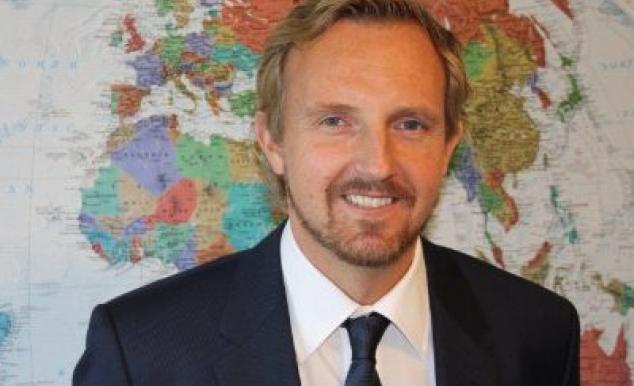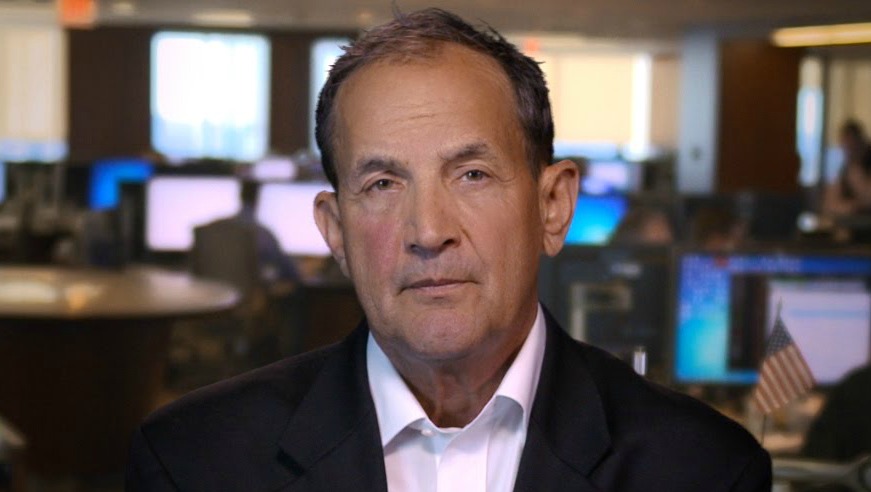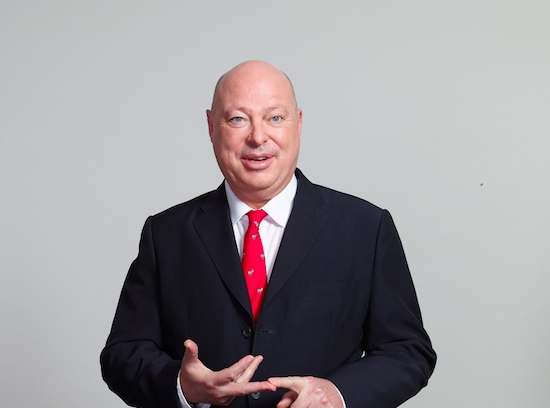Global Ultra Wealthy Population Reaches Record High and a Combined Net Worth Of Nearly US$30 Trillion
| By Fórmate a Fondo | 0 Comentarios

The combined wealth of the world’s UHNW individuals – defined as those with US$30 million and above in net assets – increased by 7% to US$29.725 trillion in 2014, almost twice the GDP of the world’s largest economy, the United States as report by the Wealth-X and UBS World Ultra Wealth Report 2014, released today, that shows too that 12,040 new ultra high net worth (UHNW) individuals were minted this year, pushing the global UHNW population to a record 211,275, a 6% increase from 2013.
North America and Europe continue to dominate the global landscape as the regions with the largest UHNW population and wealth. The United States maintains its position as the world’s top UHNW country in 2014 with a population of 69,560 UHNW individuals with a combined net worth of over US$9.6 trillion, a 6% and 7% increase respectively from last year.
The Wealth-X and UBS World Ultra Wealth Report 2014 forecasts that the global UHNW population will reach 250,000 individuals in the next five years. The report also predicts that Asia will be the region that sees the fastest growth in UHNW wealth, overtaking Europe in terms of UHNW wealth in the next ten years.
Below are other key findings from the Wealth-X and UBS World Ultra Wealth Report 2014:
- The world’s UHNW population accounts for only 0.004% of the world’s adult population, but controls almost 13% of the world’s total wealth.
- North America’s UHNW population grew by 6.2% to 74,865 individuals and their combined net worth rose 6% to US$10.3 trillion.
- Europe’s UHNW population expanded by 6.5% to 61,820 individuals and their combined net worth rose nearly 9% US$8.4 trillion.
- There are almost twice as many UHNW individuals in Asia than in the Middle East, Latin America and the Caribbean, Africa and the Pacific regions combined. Yet, Asia’s UHNW population grew by only 4.8% to 46,635 individuals and their total net worth rose by less than 6% to nearly US$7 trillion. Only Latin America and the Caribbean had lower growth rates.
- Latin America and the Caribbean saw the slowest UHNW population growth of any region. The region’s UHNW population grew by 4.6% to 14,805 individuals and their combined net worth rose 5.5% to US$2.2 trillion. This performance, however, indicates a recovery from last year’s decline.
- The UHNW population of the Pacific grew by 5.4% to 4,170 individuals and their combined net worth rose 6.2% to US$515 billion.
- The Middle East saw the fastest growth in terms of both UHNW population and wealth for the second year in a row. The region’s UHNW population swelled to 5,975 individuals with a combined net worth of almost US$1 trillion, a 12.7% and 13.1% increase since 2013, respectively.
- Africa experienced the second fastest growth in terms of UHNW population and wealth, with an 8.3% increase in the region’s UHNW population (3,005) and 12.9% growth in UHNW wealth (US$395 billion).
- There are 183,810 male UHNW individuals as of 2014, and 23.6% are involved in the finance, banking & investment industry, a 3.6% increase from last year.
- There are 27,465 female UHNW individuals as of 2014, and 48% of them fully inherited their wealth, a decline from 53% in 2013.
- Almost US$13 trillion of the world’s UHNW wealth is held in private company holdings, nearly twice the amount held in public company stakes.
- 64% of the world’s UHNW population is self-made and only 17% have fully inherited their wealth.
- The world’s UHNW population is a significant source of revenue for the luxury industry, accounting for almost 19% of the luxury industry’s market.
The Wealth-X and UBS World Ultra Wealth Report 2014 – which looks at the global UHNW population from July 2013 to June 2014 – examines this wealth segment by geographical location, gender, and sources of wealth.
“Wealth-X is pleased to partner with UBS for a second consecutive year to produce the Wealth-X and UBS World Ultra Wealth 2014,” Wealth-X CEO Mykolas Rambus said. “The report underscores Wealth-X’s commitment to conducting groundbreaking research on the world’s ultra high net worth (UHNW) population. Expert commentary from UBS complements Wealth-X’s global intelligence on the world’s UHNW population, producing a report that demonstrates a true collaboration between the global leader in wealth management and the world’s leading UHNW intelligence provider.”
Simon Smiles, Chief Investment Officer UHNW, UBS Wealth Management, said, “The second Wealth-X and UBS World Ultra Wealth Report is the most comprehensive study of its kind and provides unparalleled insights into this sophisticated and global client segment. We believe that wealth concentration is one of the biggest risks facing UHNW individuals. The report finds that UHNW individuals have over two thirds of their wealth in their core businesses. We believe that this could expose UHNW individuals to many unintended risks and so we have been helping them address these concentration biases.
“UBS has one of the world’s largest dedicated teams whose focus is entirely on UHNW clients and we continue to strive to become a strong, effective and trustworthy partner to this valued clientele.” Simon Smiles added.











